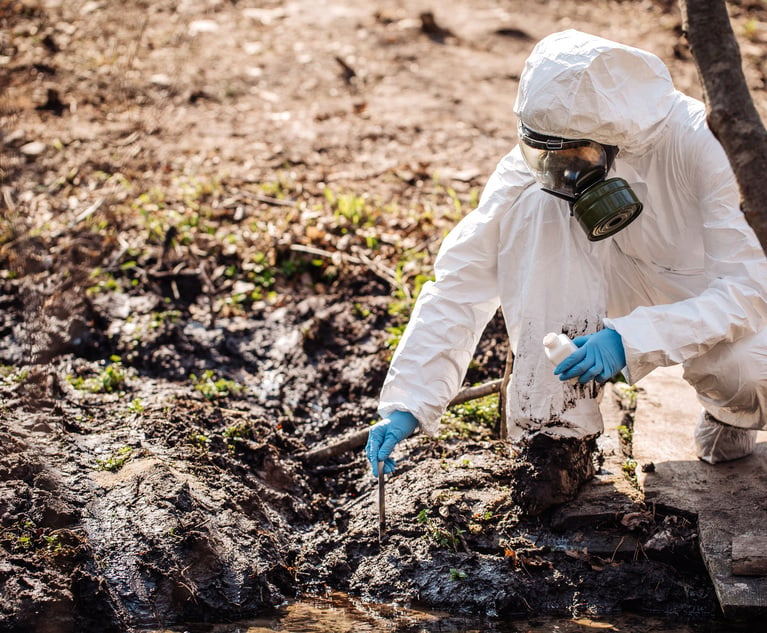In the space of three months, the highest courts of New York and New Jersey took diametrically and dispositively opposed positions with respect to a critical issue in insurance coverage for long-term injury cases, such as asbestos and environmental liability. The issue is the “unavailability rule,” an arcane issue of insurance law that will affect the allocation between policyholders and insurance companies of probably billions of dollars. Moreover, the conflicting decisions starkly demonstrate the fundamental difference in insurance philosophy between the two states.
The Unavailability Rule
The unavailability rule concerns the situation where the insurance industry places an absolute exclusion in the standard liability policy, yet the injury continues after that date. For example, Continental Insurance Co. v. Honeywell International (078152) (N.J. 2018), concerned asbestos injury. In 1987, the insurance industry added an asbestos exclusion to the standard policy. If a worker was exposed to asbestos in 1960 but the resulting injury did not manifest until 2010, the issue arises as to whether the policyholder or the pre-1987 insurance companies are responsible for the period between 1987 and 2010.


 Bigstock
Bigstock




